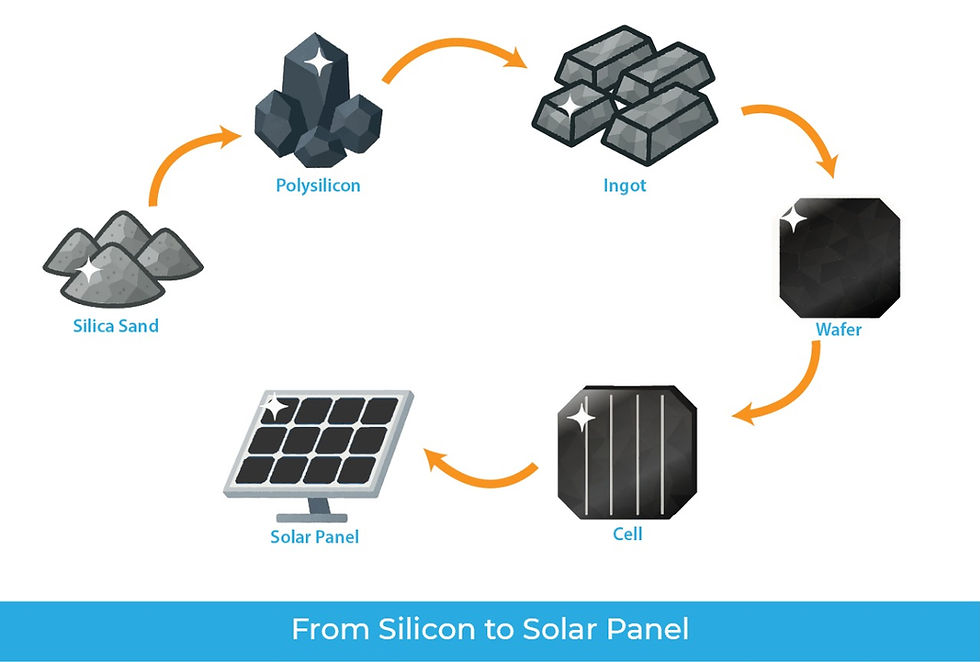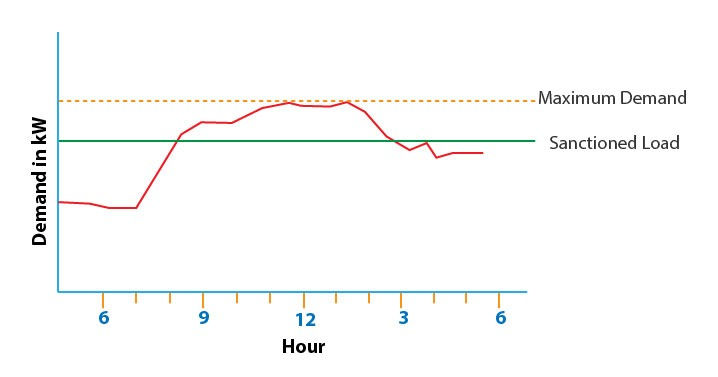Types of inverters for rooftop projects?
- Hyde Source

- May 9, 2020
- 2 min read
With various options available in the inverter segment, choosing the right one for your solar project becomes difficult.
The three most commonly used inverter technologies are-
String Inverters
Power Optimizers
Micro Inverters
1. String Inverters-
String inverters are one of the most widely used systems out there. They are quite economical compared to the other choices and the go-to choice for complete shadow-free sites.

But they have their share of cons:
In String Inverters, the performance of the entire string is determined by the lowest performing panel. For Ex. if ten panels are connected in a string, any shadow, dirt, bird droppings on one panel can reduce the performance of all the other nine modules.
The monitoring of the inverter happens only at the system level i.e.; It is only possible to track the generation of the entire plant and not module level.
Not recommended for shadow prone sites and installations where panels need to be oriented in multiple directions.
2. Power Optimizer systems-
Power Optimizer systems have their MPPT Component, which is usually a part of the inverter is now separated into a new component called the DC Power Optimizer. They are integrated along with each module.

Pros-
They are a more economical alternative to the micro-inverter system, with more or less the same advantages.
Power optimizers reduce the impact of panel shading on system performance and offer panel-level performance monitoring.
3. Microinverters-
Microinverters are installed on each panel in a solar energy system. They convert the DC electricity from your solar panels into AC electricity on your roof, with no need for a separate central inverter.

1. Whether it's a leaf, dirt, or a cloudy day, obstructions happen all the time, to every system. With microinverters, only the individual panel is affected, while the others keep performing to their fullest. That means more solar power and more significant energy savings from the same panels.
2. With microinverters, smart monitoring lets the installer pinpoint the issue instantly from wherever they are, and often resolve it remotely.




